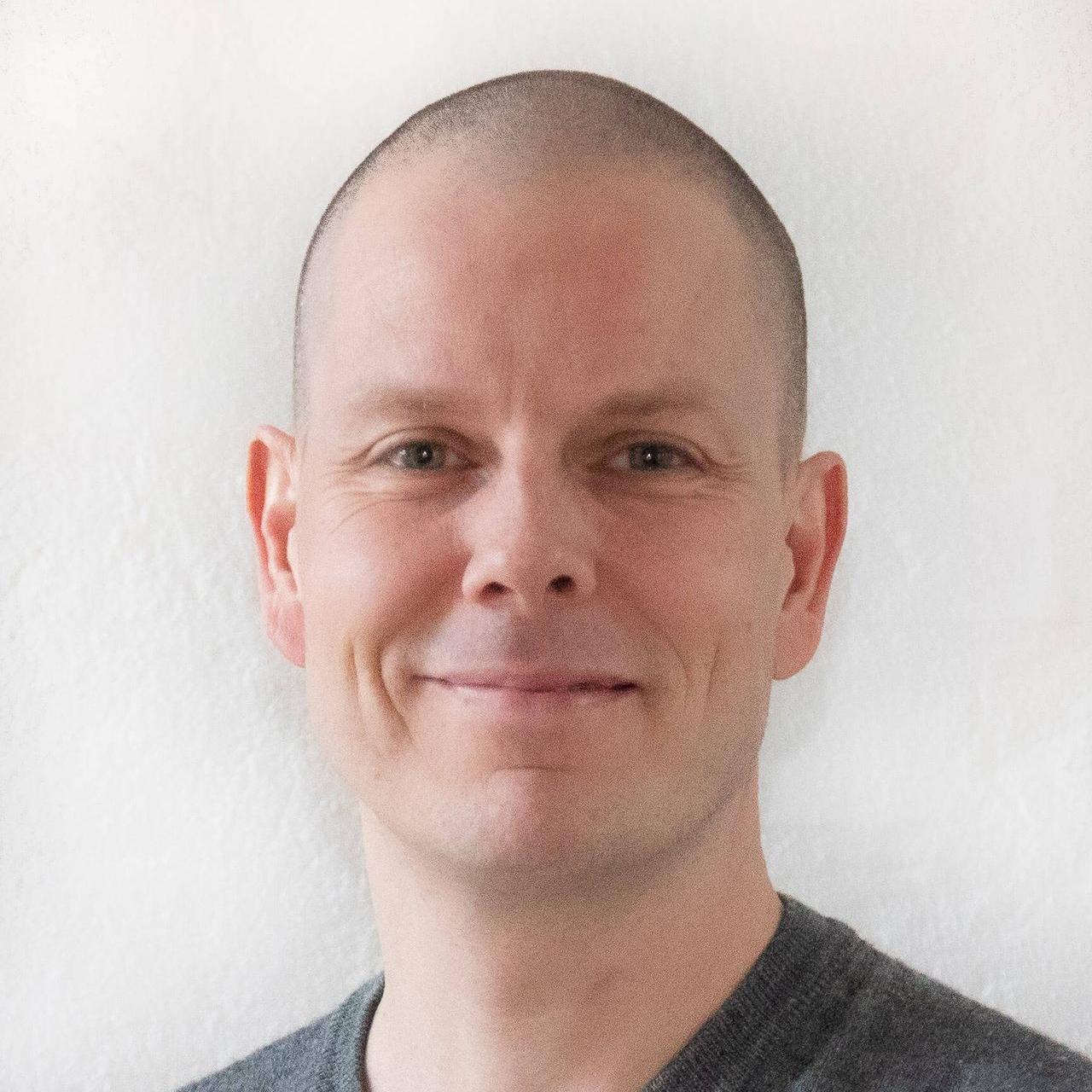Your first steps towards an Agile Organization
Business Agility Track
Business Agility track of the World Agility Forum - Reimagining Agile - day 3!
In today's fast-paced world, agility is key to success. This track was designed to provide you a view around the different values and levels of Business Agility, how to measure this level inside your organization and what possible next steps you might take to level up your business results. The experience of the guests of this track will provide you with stories, case studies and share experiences that will make you level up via cross-functional teams, trust and transparency at all levels of an organization. Start right on the day after, using the insights you got today.
Our Guests for the Business Agility track
What topics are going to be covered?


Create your own Comic Agilé strips—and communicate your agile anti-patterns through humor
With Luxshan Ratnaravi & Mikkel Noe-Nygaard
Many organizations can increase the return of their investments in going agile by articulating and removing their agile anti-patters, as well as becoming aware of the consequences of having them. Agile antipatterns are sub-par solutions to challenges, and they occur when the intentions of working agile meet the limitations of the organizational reality. When the changes required to go agile are too big or difficult, organizations might take “pragmatic” shortcuts that, on the surface, seem appropriate and sensible, but in the long run can decrease the benefits of the investment—thus, the organization creates agile antipatterns (or “agile debt”).
This workshop teaches the participants to identify, describe, communicate and remove these antipatterns by using the humorous format of Comic Agilé strips.
Examples:
- Anti-pattern #1: Product Owners only prioritize business features and not technical enablers and process improvement initiatives. Consequence: Reduced quality of the product and no culture of continuous improvement.
- Anti-pattern #2: Scrum Masters “do” instead of teaching and coaching. Consequence: The team is ineffective because it doesn’t learn self-management and to grow as a team, but keeps being dependant on the Scrum Master to facilitate it.
- Anti-pattern #3: Dependencies are not broken, but instead coordinated through a scaling framework. Consequence: It takes longer than needed for each team to deliver value because of the need for cross-team coordination.
Key Takeaway:
- Your own Comic Agilé strip based on an actual, current agile pain or anti-pattern from your organization that you can communicate to decision-makers to inspire change.
Why AI is better with Essence
With Ivar Jacobson and Simon Girvan


Artificial Intelligence is already making a huge on the software industry. It is accelerating product development, creating code and automating processes. However, writing code isn't everything teams need to do to create software products. It isn't even always the most important task. One area that makes a huge impact on the success of a product is the team's way of working, and in particular, how well the team applies their way of working. Poorly chosen and executed practices and methods do tremendous damage to team productivity and effectiveness.
Unfortunately, this aspect of software development isn't as straightforward to apply AI to as some of the others. Not only is a team's way of working a complex, nuanced human endeavor - and therefore harder to apply rigid rules to - but existing guidance is variable, flawed and hard to trust. There is lots of bad advice written and many coaches and consultants are not as skilled or knowledgeable as they should be. This makes it a hard environment for AI models to succeed.
In this workshop Ivar Jacobson and Simon Girvan will help you explore this topic and trace Ivar's journey from solving a similar problem with an AI based solution almost 20 years ago through the creation of Essence, a common ground for practices and methods, to today, where we will see that adding Essence to AI leads to vastly superior results than just using AI alone; results teams can trust!
Participants will:
- Understand the challenges of applying AI to the domain of practices and methods
- Learn about the international standard, Essence, and why it is a dramatically different way to think
- See the impact of adding Essence and AI together compared to just using AI
Join this group of experts and practitioners, and boost your agility skills

Joy of Agility
With Joshua Kerievsky
Agility isn’t a formula, a framework, nor a set of roles and rituals to follow. It’s a timeless way of being that matures with practice and skill.
Becoming agile involves knowing the difference between being quick or hurrying, moving with ease or difficulty, being in or out of balance, graceful or awkward, adaptable or rigid, resourceful or resentful.
In this talk, based on my book,
Joy of Agility
, I will share six essential agile mantras, plus unforgettable, real-world agile stories that will empower you to be quick, adaptable, and resourceful in the face of opportunities and challenges.
Connecting the Dots - How to align departments of the Organization
With Business Agility Track & Jon Kern


As organizations become more digital and departmentalized, connecting everyone around the same Vision and around Customer Needs is more critical than ever. More than just delivering the right thing to users, much work also calls for consideration when aligning every part (developer teams, management teams, marketing, operations ...) to achieve the common goal: delighting the Customer.
More than just that, as the Human person is the most complex being in the world, organizations that are made of those have twice (or an infinite times!) these complexity factors. The way people communicate and the level of detail they need to fulfil different tasks varies, so getting everyone to speak the same language is a challenge. However, how can these different teams communicate better and more clearly?
Jon Kern has something to say about that! The Agile Manifesto co-author will discuss the foundations that he considers to be necessary for producing a digital product, aligned with both the Customer needs and the Vision of managers, as everything starts with the approach software development teams have when getting their "hands dirty".
Do you still have doubts? Check out business agility talks from previous years!
Understanding Value Streams at the Gemba, not from the Office | Nigel Thurlow | 35:26
Management, you're doing it wrong | Evan Leybourn | 19:32
Fit for Purpose | Hendrick Esser | 14:17




